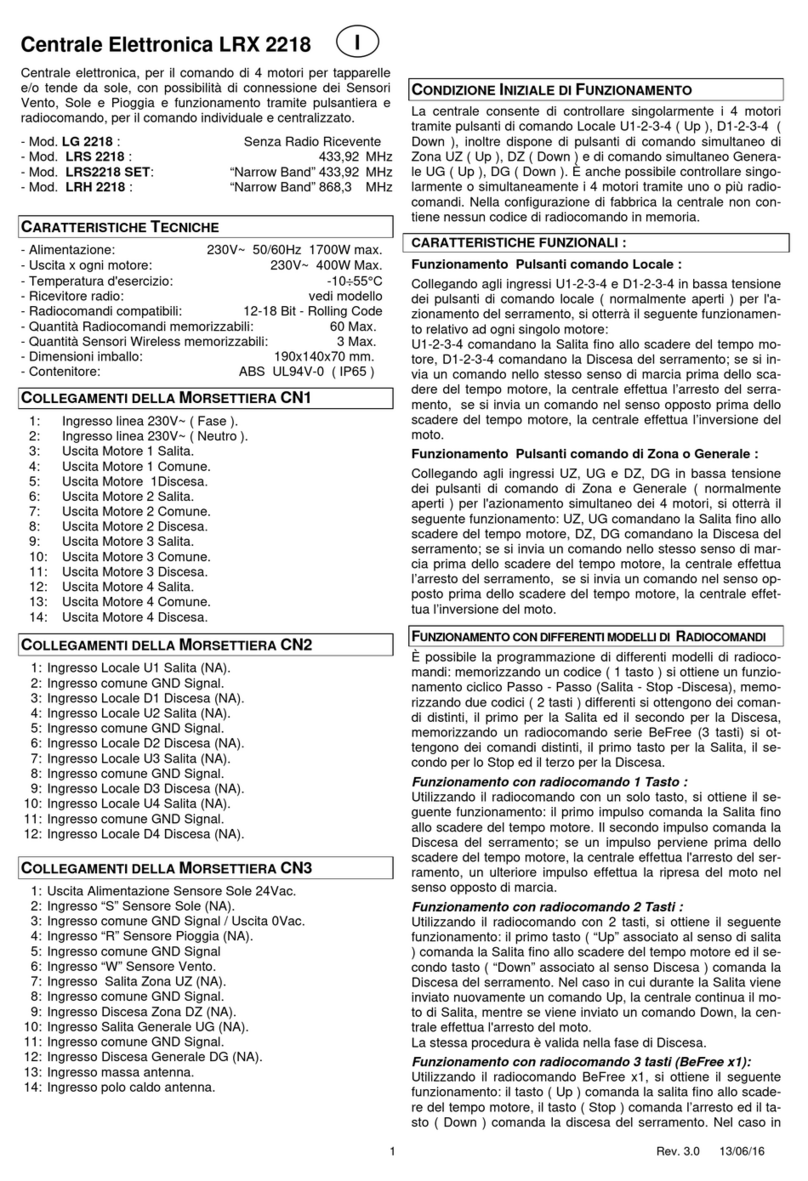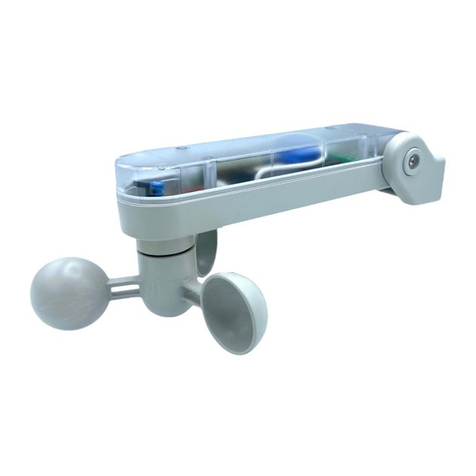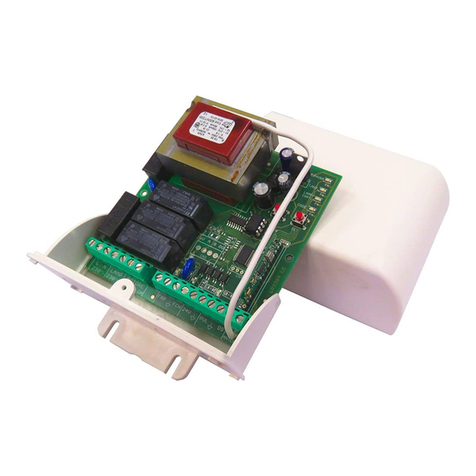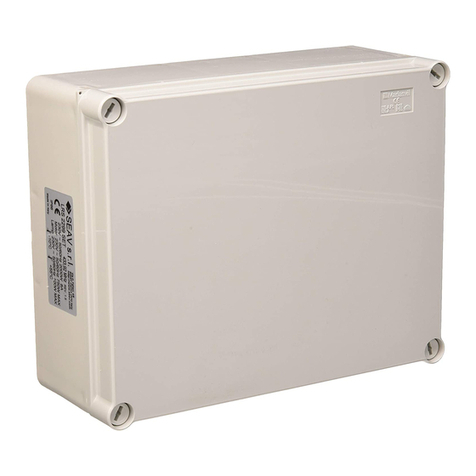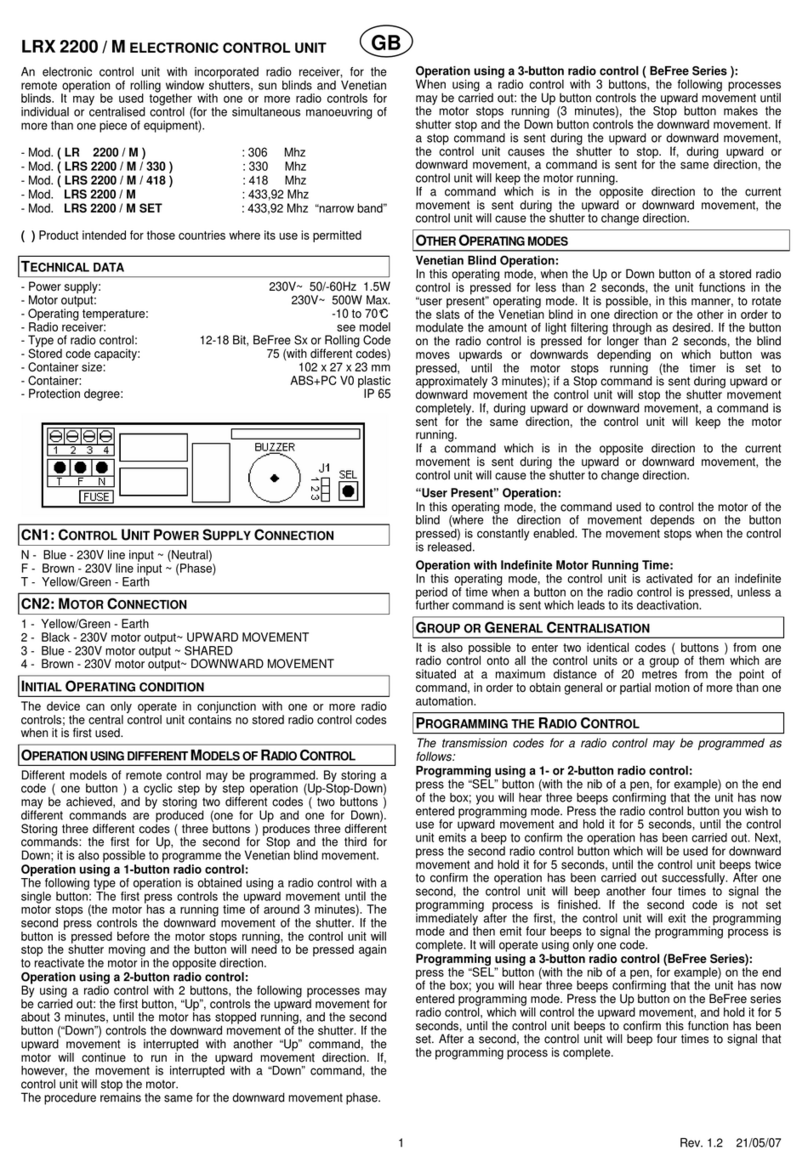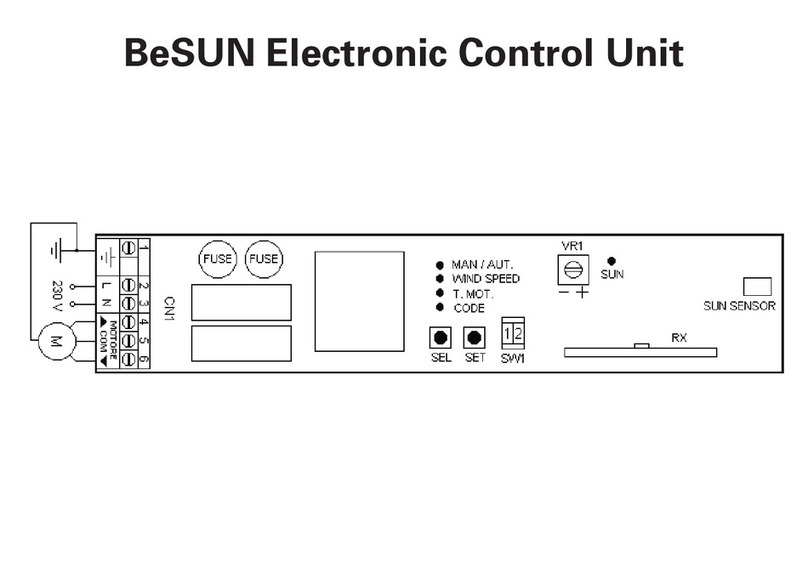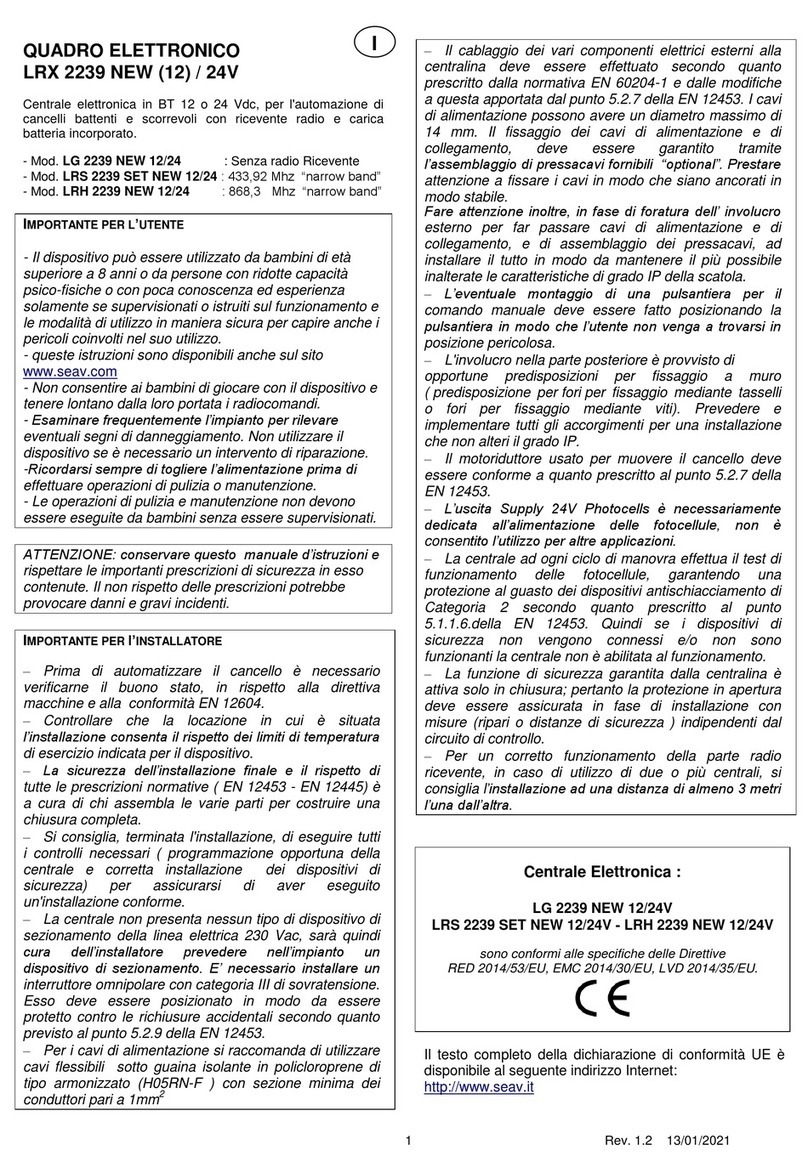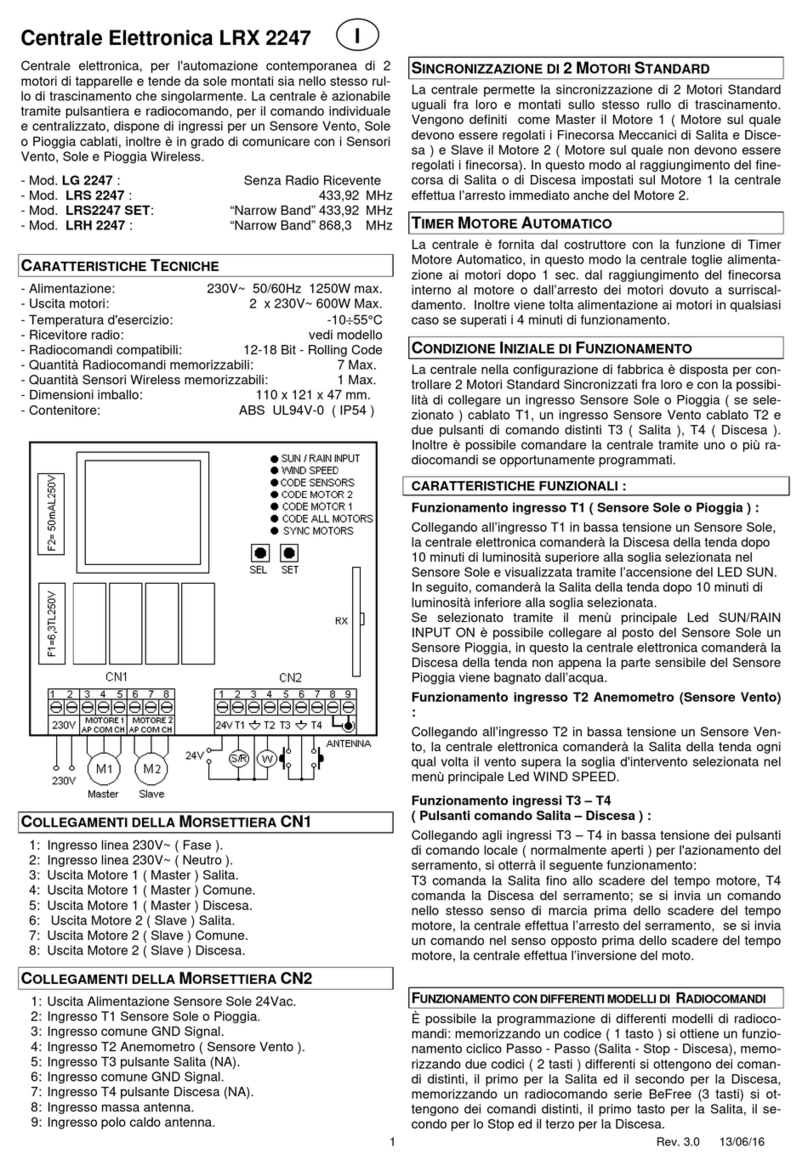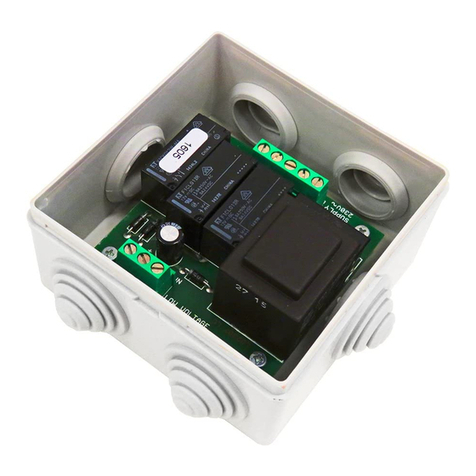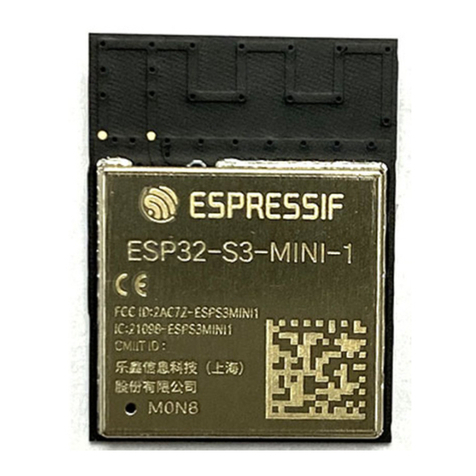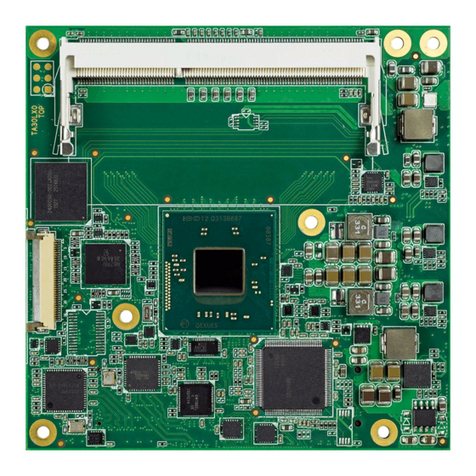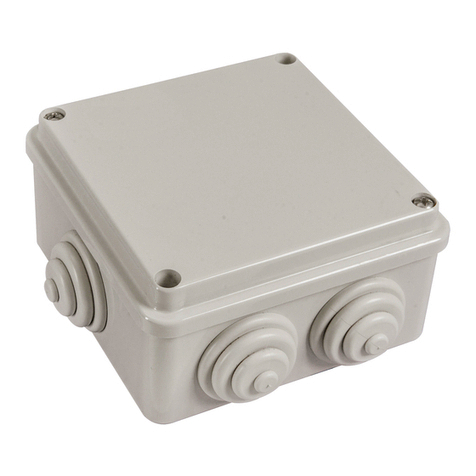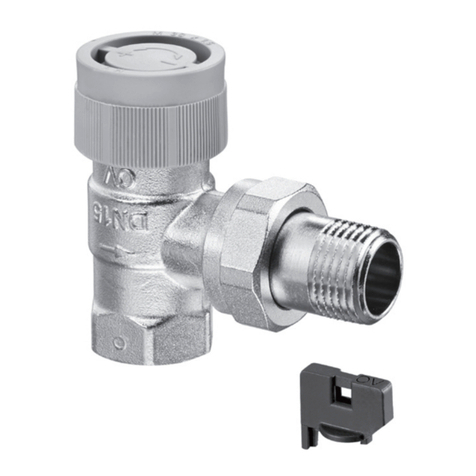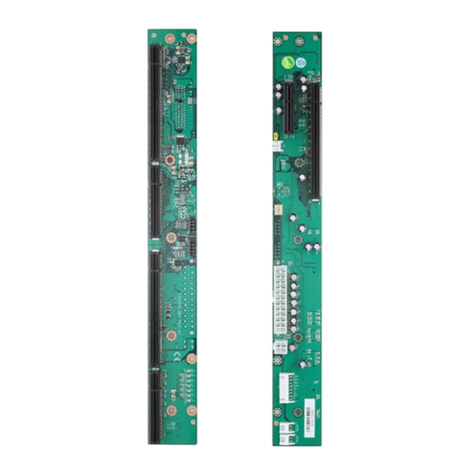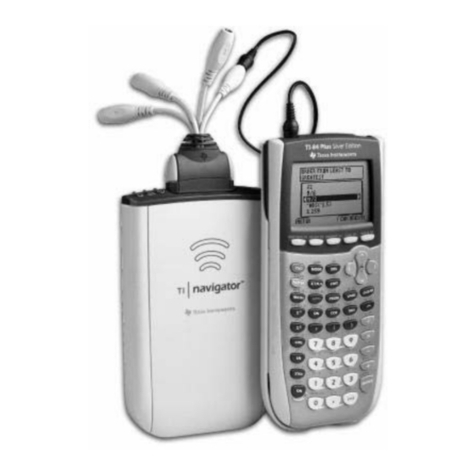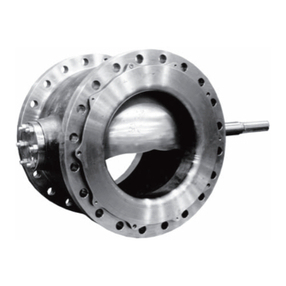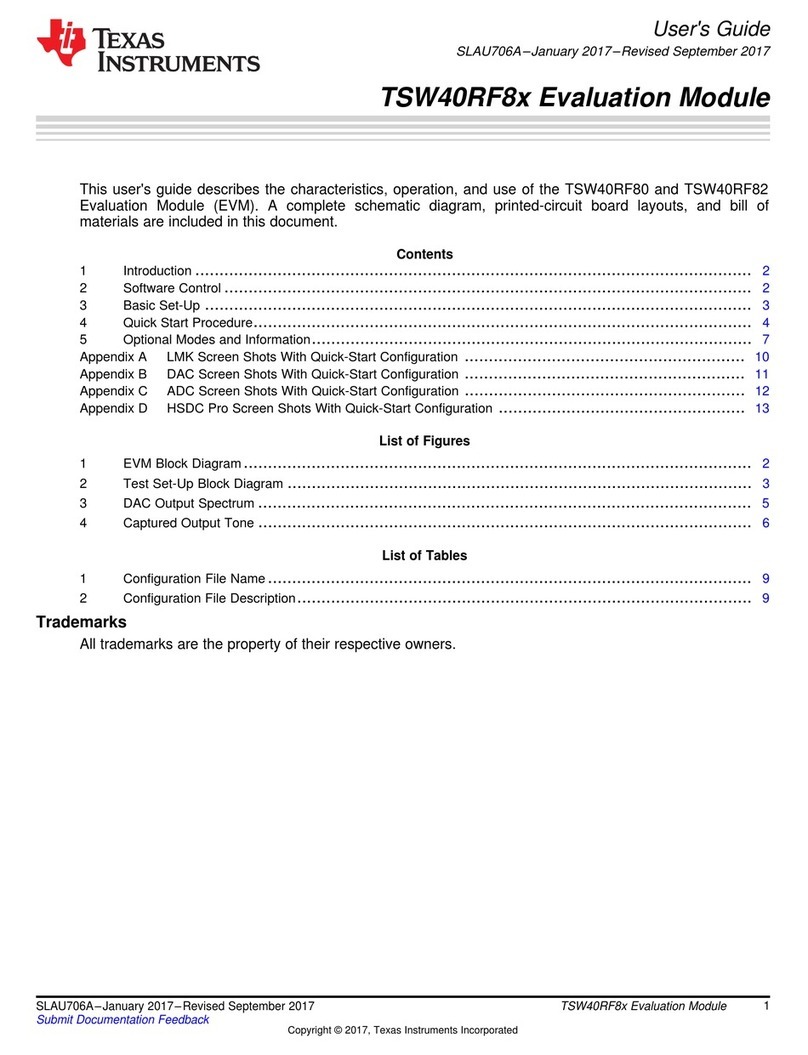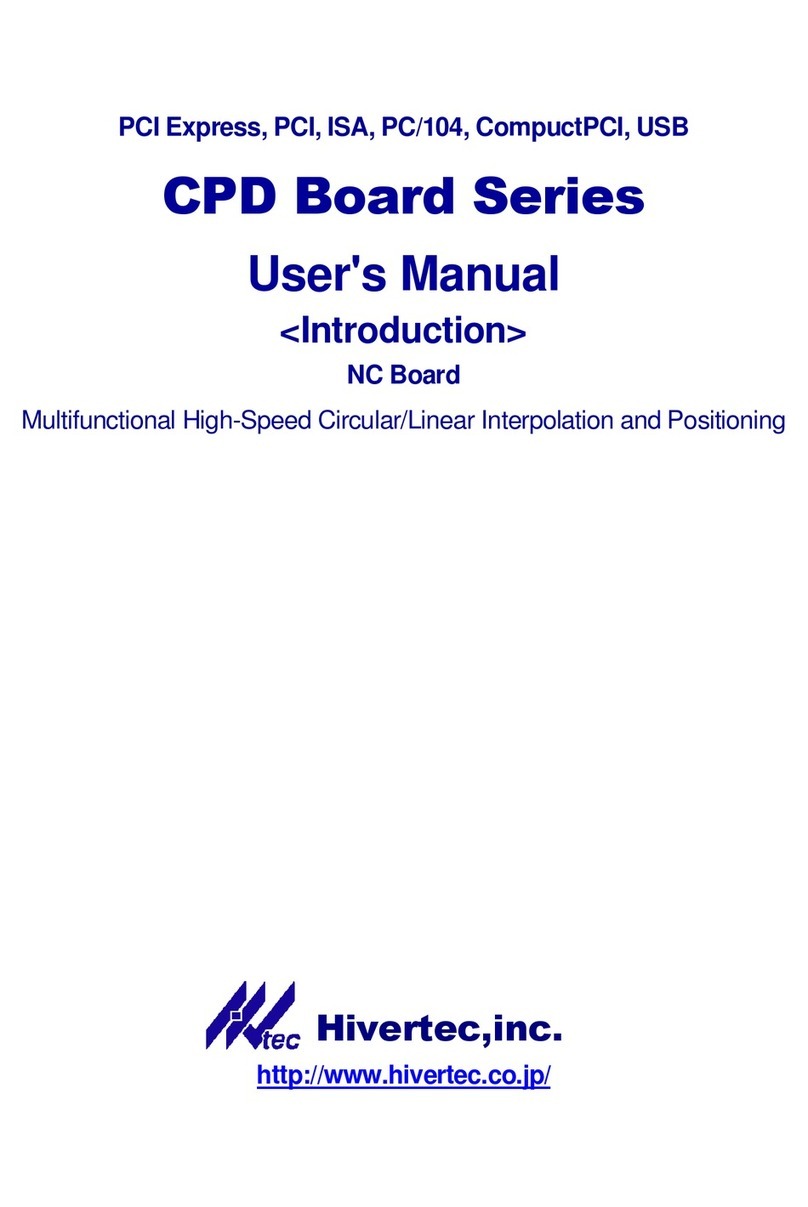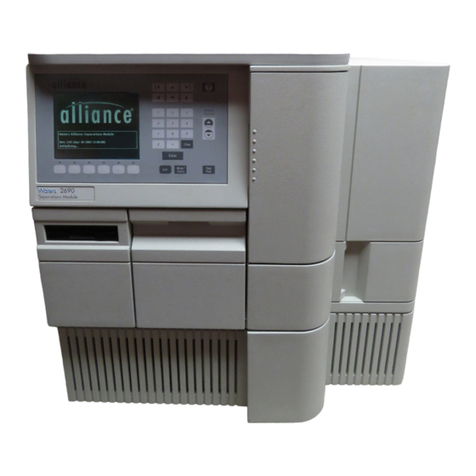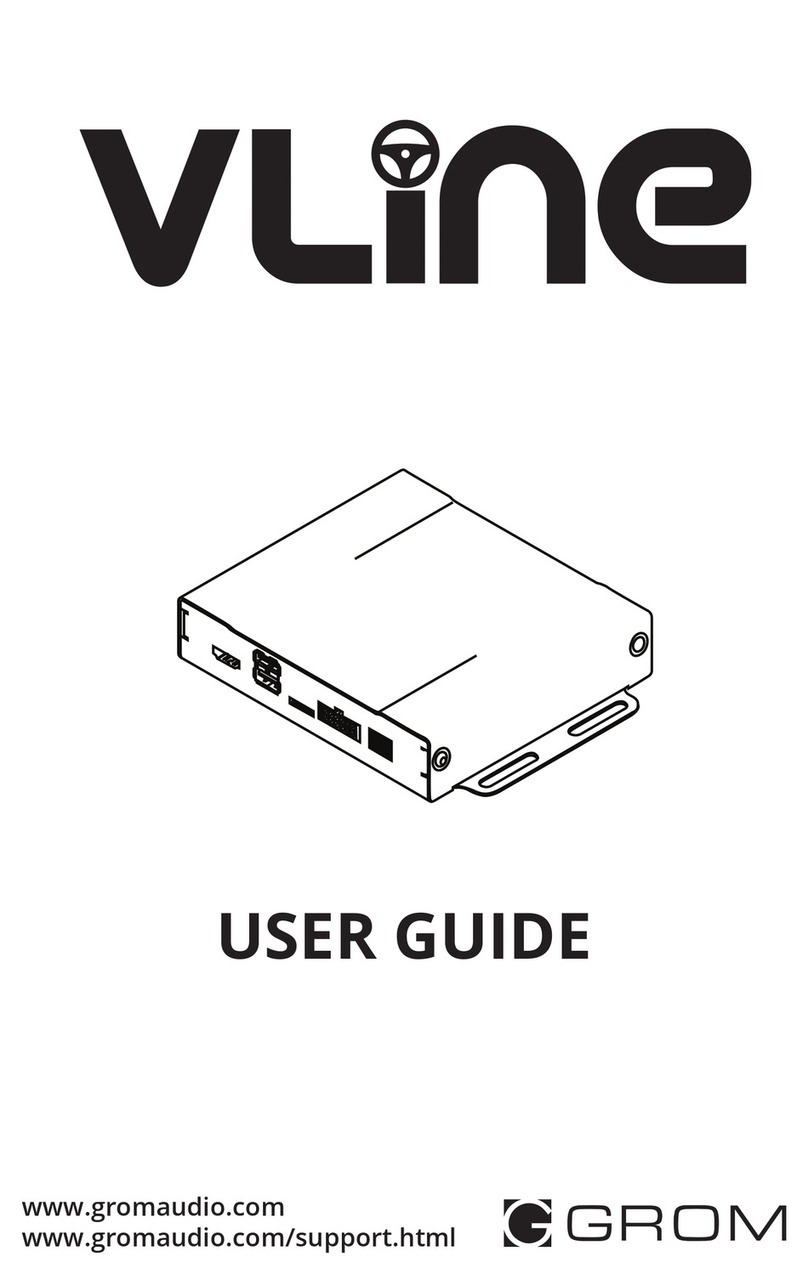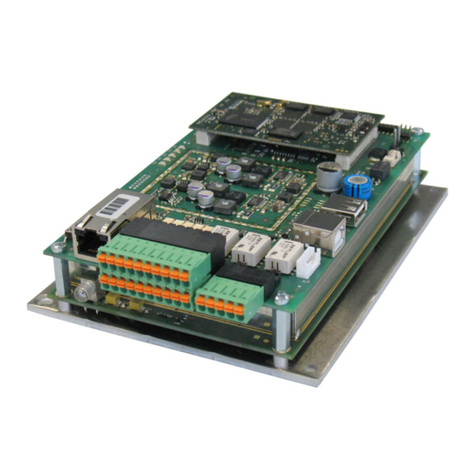
8
------------ DIP SWITCH SW1 ------------
Riferimento Led Led spento Led Acceso
DIP 1 = T. PAUSA Senza chiusura aut. Con chiusura aut.
DIP 2 = PROG . T. MOTORE No Si
DIP 3 = UOMO PRESENTE No (Si ) *
DIP 4 = LAMP./CORT. Lampeggiante Luce di Cortesia
DIP 5 = P.P / INV. Passo – Passo Invertente
* La funzione Uomo Presente esclude automaticamente la richiusura automatica, quindi
con DIP 3 = ON è possibile selezionare Uomo Presente in Apertura e Chiusura (DIP 1 =
OFF) oppure Uomo Presente solo in Chiusura (DIP 1 = ON)
DIP 1 = T. PAUSA: (Prog. tempo chiusura aut. 4 min. max.)
La centrale è fornita dal costruttore con la funzione di chiusura automatica DIP 1 = ON e
temporizzatore ( default 15 sec. ) .
Se si desidera modificare il tempo di chiusura automatica,
a centrale ferma, procedere nel seguente modo: posizionare DIP 1 e DIP 2 = ON, preme-
re per un istante il pulsante di manovra o il tasto del Radiocomando precedentemente
programmato, la centrale emetterà tre segnali acustici di inizio programmazione, atten-
dere il tempo desiderato, poi inviare nuovamente un comando per un istante; la cen-
trale emetterà quattro segnali acustici di fine programmazione che determineranno la
memorizzazione del tempo di chiusura automatica, quindi riportare il DIP 2 = OFF per
concludere l’operazione.
Se invece si desidera non avere la funzione di richiusura automatica, posizionare il DIP
1 = OFF.
DIP 2 = PROG. T. MOT: (Prog. Tempo Motore 4 minuti max.)
La centrale è fornita dal costruttore con un tempo di lavoro motore predefinito pari a
30 sec.
Se si desidera modificare il Tempo di lavoro del Motore, solamente a centrale chiusa,
procedere nel seguente modo: posizionare DIP 2 = ON, premere per un istante il pulsan-
te di manovra o il tasto del Radiocomando precedentemente programmato, la centrale
emetterà tre segnali acustici di inizio programmazione, la centrale effettuerà l’apertura
del serramento, al raggiungimento della posizione desiderata premere nuovamente per
un istante, la centrale effettuerà l’arresto del serramento, la centrale emetterà quattro
segnali acustici che indicheranno la fine della programmazione, quindi riportare il DIP 2 =
OFF per concludere l’operazione.
DIP 3 = Funz. Uomo Presente AP/CH (DIP 1 = OFF):
La centrale è fornita dal costruttore con la funzione di Uomo Presente disabilitata.
Se si desidera abilitare la funzionalità Uomo Presente sia nella fase di Apertura che quel-
la di chiusura, a centrale ferma, posizionare DIP 3 = ON, in questo modo, per ottenere il
movimento del serramento, sarà necessario tenere premuto il pulsante del radiocomando
o quello di manovra per tutta la durata del moto.
Se si desidera abilitare il funzionamento ad Uomo Presente nella sola fase di Chiusura,
ripetere l’operazione sopra descritta, posizionando oltre al DIP 3 anche il DIP 1 = ON.
DIP 4 = LAMPEGGIANTE / LUCE CORTESIA
La centrale dispone di una uscita 230Vac, per il collegamento di un lampeggiante o di
una luce di cortesia.
La centrale è fornita dal costruttore con la funzione Lampeggiatore abilitata DIP 4 = OFF.
Se si desidera abilitare la funzionalità Luce di cortesia, a centrale ferma, posizionare
DIP 4 = ON
Funzionamento Lampeggiatore: L’uscita 230 Vac. si attiverà ogni volta che l’automa-
zione è in movimento, per la durata del tempo motore. Nel caso in cui sia memorizzato il
Tempo di Pausa, il lampeggiatore sarà attivo anche durante la Pausa.
Funzionamento Luce di Cortesia: L’uscita 230 Vac. si attiverà per la durata di 3 minuti,
ogni qualvolta che sarà impartito un comando di salita.
DIP 5 = PASSO - PASSO / INVERTENTE :
La centrale è fornita dal costruttore con il modo di Funzionamento Passo - Passo DIP
5 = OFF.
Se si desidera abilitare la funzionalità Invertente, a centrale ferma, posizionare DIP 5
= ON, in questo modo, si otterrà il seguente funzionamento: il primo impulso comanda
l’apertura fino allo scadere del tempo motore, il secondo impulso comanda la chiusura
del serramento, se si invia un impulso prima dello scadere del tempo motore, la centrale
effettua l’inversione del moto sia nella fase d’apertura sia in quella di chiusura.
Posizionare il DIP 5 = OFF se si desidera ripristinare la configurazione precedente.
SEGNALAZIONI SONORE
1 x Breve BIP = Primo codice radiocomando memorizzato
2 x Brevi BIP = Secondo codice radiocomando memorizzato
3 x Brevi BIP = Inizio fase di Progr. T. Mot./ T. Pausa/ RDC
4 x Brevi BIP = Fine fase di Prog. T. Mot./ T. Pausa/ RDC
-------------------------------------------------------------------------------------
1 x Lungo BIP = Radiocomando non memorizzabile
2 x Lunghi BIP = Reset dei radiocomandi
3 x Lunghi BIP = Reset dei tempi motore e pausa





















